Disclosure: This article contains affiliate links. We may earn a commission from purchases at no extra cost to you, which helps our travel content.
The first time I visited Buenos Aires, I arrived with a half-empty memory card and left with it bursting at the digital seams. This city—with its intoxicating blend of European grandeur and Latin passion—is quite simply a photographer's playground. As someone who's spent two decades documenting architectural wonders across continents, I find Buenos Aires uniquely photogenic; it's where Belle Époque meets vibrant street art, where tango dancers command cobblestone streets, and where even the cemetery qualifies as an artistic masterpiece. Whether you're visiting for a romantic weekend escape or extending your South American journey, these 15 spots will give your Instagram feed that enviable Buenos Aires glow. I've organized them geographically to maximize your shooting time (because good light waits for no one), and included my technical tips for capturing each location at its most magnificent.
La Boca: A Kaleidoscope of Color
If Buenos Aires had a poster child, it would be the rainbow-hued buildings of Caminito in La Boca. This former working-class port neighborhood has transformed its corrugated metal homes into a living canvas that photographers can't resist.
Don't just snap the obvious frontal shots of El Caminito that everyone takes. Instead, arrive early (before 10 AM) when the light is soft and the tour buses haven't yet descended. The angular morning shadows create dramatic compositions against the colorful walls. Look for the tango dancers who set up early—they're often willing to pose if you purchase a small print or tip them appropriately.
My favorite perspective comes from the less-photographed side streets branching off the main tourist stretch. Calle Magallanes offers particularly vibrant compositions with fewer people photobombing your shots. The contrast between the bright buildings and the neighborhood's gritty authenticity makes for compelling visual storytelling.
While your smartphone can capture decent images here, the extreme color contrasts benefit from a camera with good dynamic range. I've found my mirrorless camera handles the bright colors without oversaturating them, maintaining the authentic vibrancy without looking artificial.
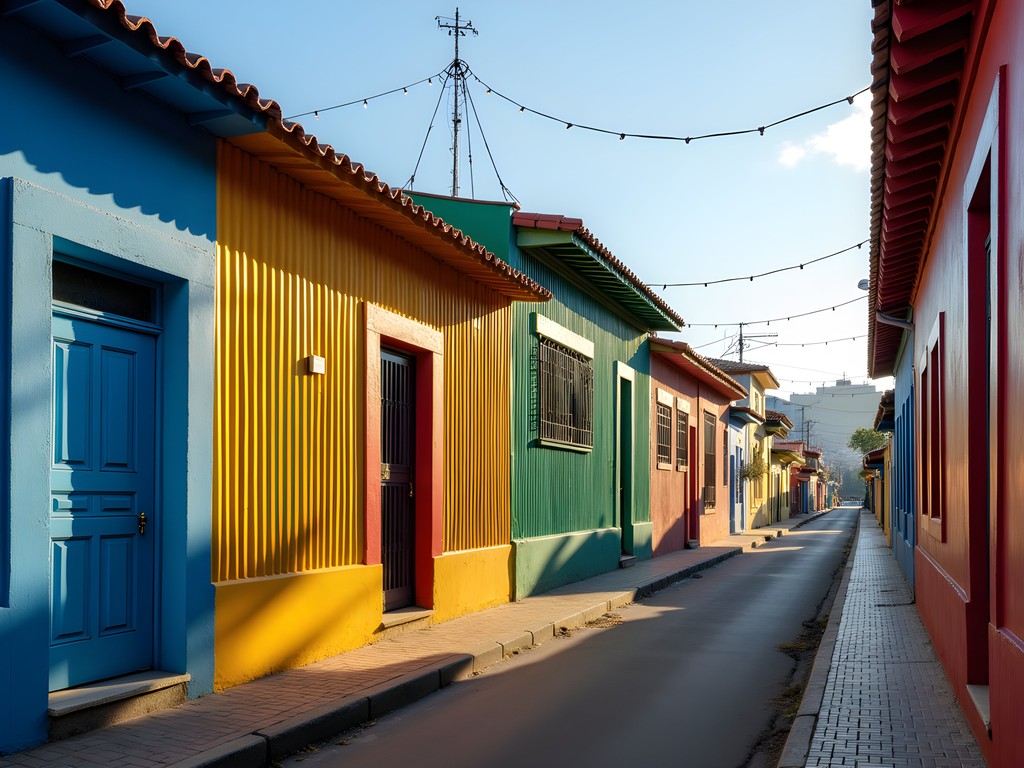
💡 Pro Tips
- Visit before 10 AM for the best light and fewer crowds
- Look beyond El Caminito to the side streets for more authentic compositions
- Bring small bills to tip tango dancers if you photograph them
Recoleta Cemetery: Architectural Masterpieces in Miniature
Don't let its macabre purpose deter you—Recoleta Cemetery is legitimately one of the most photographically rich locations in all of Buenos Aires. This isn't just a burial ground; it's a miniature city of ornate mausoleums, where Argentina's elite rest in architectural splendor.
The cemetery's narrow walkways create natural leading lines that beg to be photographed. Visit mid-morning (around 11 AM) when shafts of light penetrate between the mausoleums, creating dramatic spotlights on the intricate stonework. For those seeking the famous Evita Perón grave, be prepared to wait for a clear shot—it's perpetually surrounded by visitors.
As a monastery architecture enthusiast, I find the neo-gothic and art deco tombs particularly fascinating. Look for the contrasts in styles, from austere classical designs to flamboyant angels and grieving statues. The black and white marble creates natural high-contrast scenes perfect for monochrome photography.
Bring a lens that handles both wide architectural shots and detail work. My go-to setup here is a versatile zoom lens that lets me capture both the grand perspective of cemetery avenues and the intimate details of weathered statues without constantly changing lenses.
For truly unique images, visit during or just after rainfall when the marble gleams and puddles create reflection opportunities. Just be respectful—this is still an active cemetery where people mourn their loved ones.

💡 Pro Tips
- Photograph in mid-morning when light beams create dramatic effects between mausoleums
- Experiment with black and white photography to emphasize architectural details
- Look for unusual angles through doorways and between structures
San Telmo: Vintage Charm & Sunday Market
San Telmo captures the soul of old Buenos Aires with its cobblestone streets, antique shops, and Sunday market that transforms Plaza Dorrego into a photographer's treasure hunt. This is where you'll find the Buenos Aires that existed before skyscrapers and shopping malls.
The Sunday Feria de San Telmo is undoubtedly photogenic, but it's also incredibly crowded. Instead of fighting for space, I recommend two approaches: arrive at 8 AM as vendors are setting up (beautiful morning light, fascinating behind-the-scenes moments), or come at sunset when the golden hour bathes the colonial architecture in warm tones and the crowd thins out.
During weekdays, San Telmo offers quieter photographic opportunities. The neighborhood's wrought-iron balconies, weathered doorways, and patinated walls tell stories of bygone eras. Calle Defensa is the main artery, but the real photographic gems hide on side streets like Balcarce and Bolívar.
One of my favorite shots came from an unexpected moment—an elderly couple spontaneously dancing tango on a street corner while a local musician played bandoneon. These authentic moments happen frequently in San Telmo if you're patient and observant.
For street photography here, I recommend a compact camera that doesn't intimidate subjects while still capturing professional-quality images. Its classic design also tends to make you look more like an appreciative visitor than an intrusive tourist, opening doors to more authentic interactions.
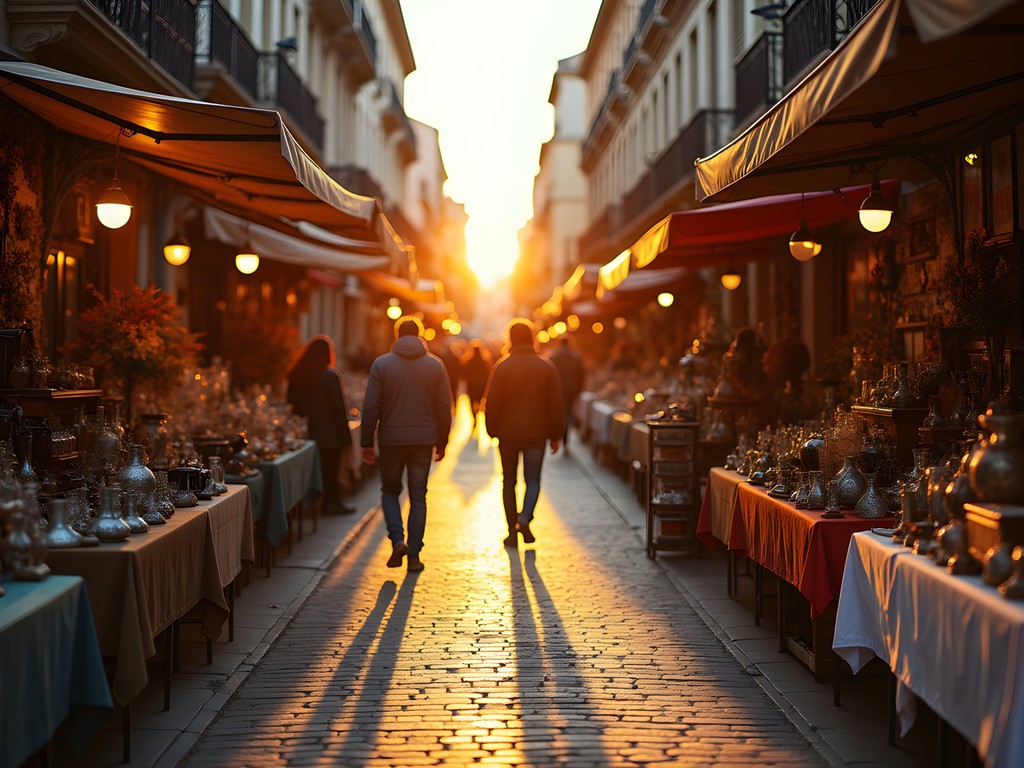
💡 Pro Tips
- Visit the Sunday market at either 8 AM (setup) or sunset (wind-down) to avoid peak crowds
- Look up—some of the best architectural details are on upper facades and balconies
- Ask permission before photographing street performers (and tip them)
Palermo Soho: Street Art & Hip Café Culture
If La Boca represents Buenos Aires' traditional color palette, then Palermo Soho showcases its contemporary artistic spirit. This trendy neighborhood features some of the city's most impressive large-scale murals alongside photogenic cafés and boutiques.
The street art here isn't random graffiti—it's commissioned work by renowned artists, changing periodically and worthy of dedicated photography time. The blocks surrounding Plaza Serrano feature particularly impressive murals, with new pieces appearing regularly. Unlike many street art districts that feel abandoned, Palermo Soho's art exists alongside bustling café life, creating interesting juxtapositions.
For the best mural photography, visit on overcast days when diffused light eliminates harsh shadows on the artwork. If shooting on sunny days, early morning provides the most even illumination. The corner of Honduras and Gurruchaga streets hosts several impressive large-scale works that photograph beautifully.
Beyond murals, Palermo Soho's café scene offers Instagram-worthy moments at every turn. Café Ninina on Costa Rica street features a plant-filled interior courtyard that photographs beautifully in the dappled light. For minimalist architectural shots, the monochrome façade of Ninina Bakery provides perfect geometric compositions.
When photographing both street art and café culture, I rely on a smartphone with excellent camera for quick shots. Its computational photography handles the high contrast between bright street scenes and dark café interiors remarkably well, and I can immediately edit and share discoveries with fellow photographers.
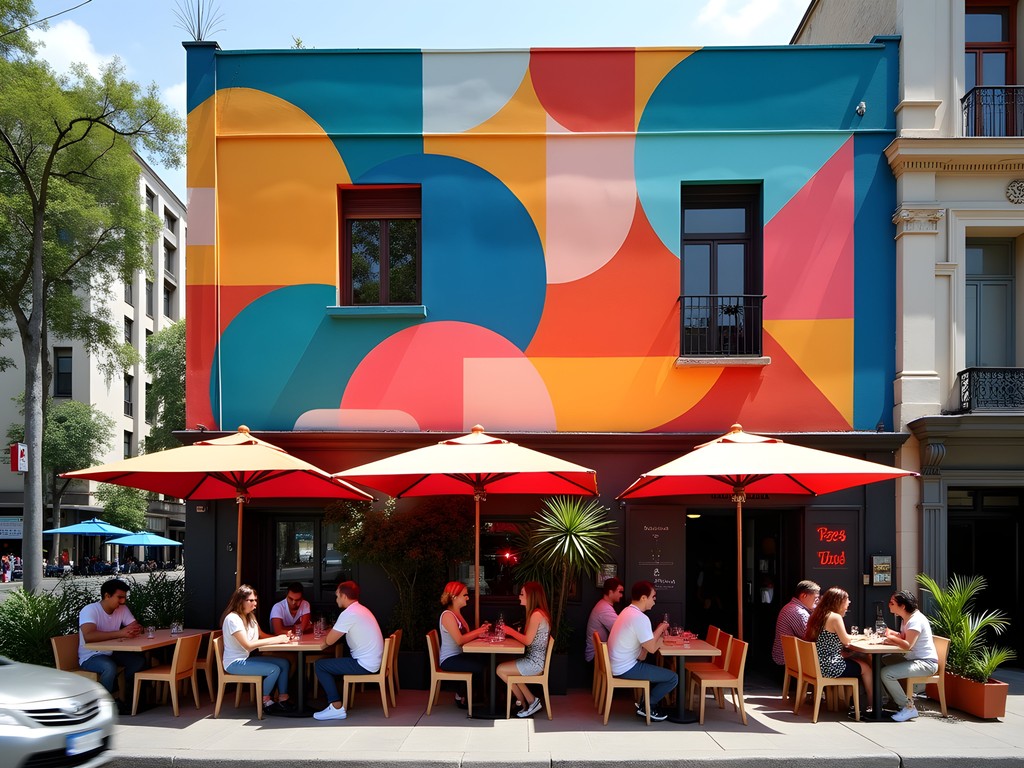
💡 Pro Tips
- Photograph murals on overcast days to avoid harsh shadows on the artwork
- Use the Rule of Thirds when framing murals with surrounding architecture for context
- Include people interacting with the environment for scale and storytelling
Teatro Colón: Architectural Grandeur & Golden Details
As someone who has photographed architectural masterpieces across four continents, I can confidently say that Teatro Colón ranks among the world's most magnificent performance venues. This opera house doesn't just sound incredible—it's a visual symphony of Belle Époque splendor.
The exterior photographs beautifully at blue hour (that magical 20-30 minutes after sunset), when the building's illumination balances perfectly with the deepening blue sky. For daytime exterior shots, the morning light (before 11 AM) hits the façade most evenly.
The true photographic treasures, however, lie inside. Book an official tour (they run throughout the day) and bring your widest lens to capture the soaring ceilings and grand perspectives. The Golden Hall with its intricate detailing and the main auditorium's red and gold color scheme create naturally dramatic compositions.
One often-missed photographic opportunity is the view from the upper balconies looking down at the auditorium. If your tour includes access to these areas, you'll find fascinating geometric patterns in the seating arrangement and ceiling details that aren't visible from below.
The challenging lighting conditions inside—typically low light with bright highlights—demand equipment that performs well in high-contrast situations. I've found that a tripod is essential for the interior shots, as many areas prohibit flash photography. The compact design makes it easy to carry throughout your Buenos Aires adventures without becoming burdensome.

💡 Pro Tips
- Book the first morning tour for fewer people in your shots
- Look for reflections in the polished marble surfaces for creative compositions
- Photograph the exterior at blue hour when the building is illuminated against the evening sky
Puerto Madero: Modern Architecture & Reflections
For a complete contrast to Buenos Aires' historic neighborhoods, Puerto Madero offers sleek modern architecture alongside the ecological reserve. This redeveloped dockland area provides clean lines and reflective surfaces that create distinctly contemporary compositions.
The iconic Puente de la Mujer (Women's Bridge) by Santiago Calatrava is the photographic centerpiece of Puerto Madero. This elegant white structure photographs beautifully from multiple angles, but my favorite perspective comes from the eastern side at sunset, when the bridge is silhouetted against the colorful sky. For daytime shots, position yourself to capture its reflection in the still waters of the docks.
Beyond the bridge, Puerto Madero's converted brick warehouses create fascinating juxtapositions with modern glass towers. The contrast between old industrial architecture and sleek contemporary design tells the story of the city's evolution in a single frame.
For nature and skyline combinations, head to the Ecological Reserve just east of Puerto Madero. From the reserve's shoreline paths, you can capture the city skyline reflected in the Río de la Plata, particularly beautiful during the golden hour before sunset.
Water reflections are key to Puerto Madero photography, so visit on calm days for mirror-like surfaces. A polarizing filter can help manage reflections, either enhancing or reducing them depending on your creative vision. I always keep a polarizing filter in my bag specifically for waterfront photography like this—it's remarkable how it can transform an ordinary reflection into something magical by controlling glare and deepening colors.

💡 Pro Tips
- Visit Puerto Madero during blue hour for dramatic city lights reflecting in the water
- Use leading lines of the docks and promenades to create depth in your compositions
- Look for symmetry opportunities with the bridge and building reflections
Final Thoughts
Buenos Aires reveals itself gradually to the patient photographer—each neighborhood offering its own visual language, from the theatrical grandeur of Teatro Colón to the gritty authenticity of La Boca's painted homes. What makes this city particularly rewarding is how accessible these diverse photographic opportunities are within a compact area. Even a weekend visit allows you to capture remarkably varied images that tell a rich visual story. As I pack away my camera after each Buenos Aires trip, I'm reminded that the best travel photography doesn't just document places—it captures their essence and emotion. Whether you're shooting with professional gear or simply your smartphone, these 15 locations will reward your creative eye with images worth sharing. Just remember to occasionally lower your viewfinder and experience the city directly—sometimes the most memorable moments aren't the ones we photograph, but the ones we simply live.
✨ Key Takeaways
- Visit La Boca early morning and Recoleta Cemetery mid-morning for optimal lighting conditions
- San Telmo and Palermo Soho offer the best street photography opportunities with fewer crowds on weekdays
- Teatro Colón requires advance tour booking for interior photography access
- Puerto Madero photographs best during blue hour for dramatic reflections
📋 Practical Information
Best Time to Visit
Spring (October-November) or Fall (March-April)
Budget Estimate
$50-100/day excluding accommodation
Recommended Duration
3-4 days for photography
Difficulty Level
Easy
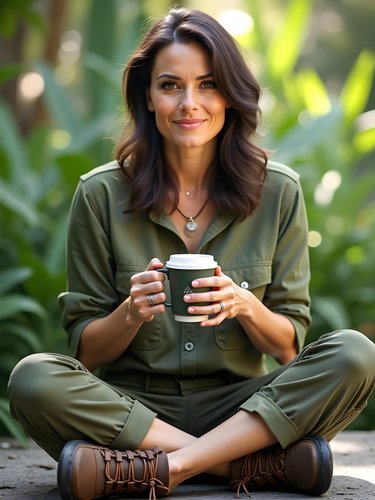

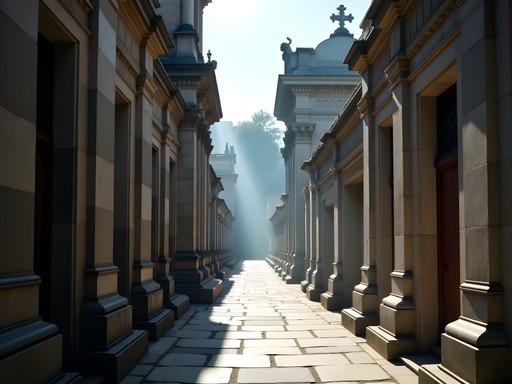
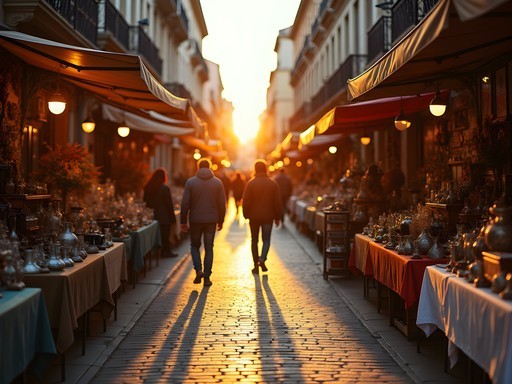

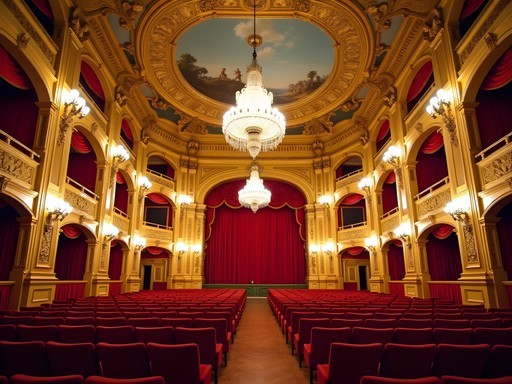



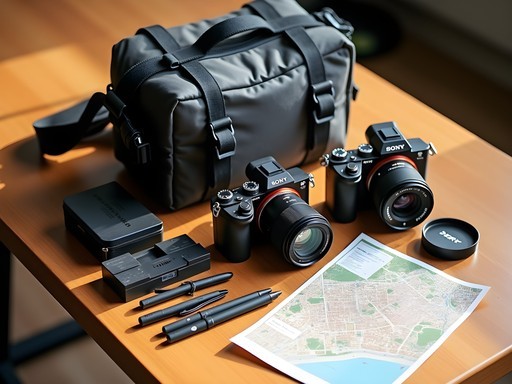
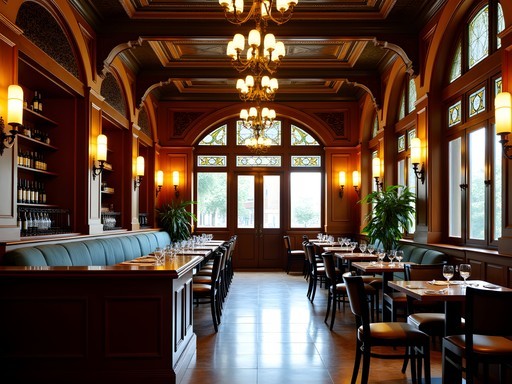


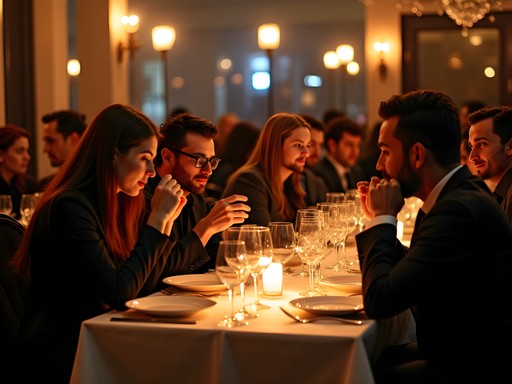



Comments
Jean Wells
Having photographed Buenos Aires across multiple seasons, I'd add that timing is everything when shooting these locations. Recoleta Cemetery requires mid-morning light to properly capture the interplay of shadows among the mausoleums. For Palermo's street art, overcast days actually produce more saturated colors with fewer harsh shadows. One location missing from this otherwise comprehensive list is Puerto Madero at blue hour - the Puente de la Mujer bridge against the modern skyline creates a fascinating juxtaposition of old and new Buenos Aires. The reflections on the water make for stunning long-exposure opportunities.
summervibes
Has anyone visited during winter (June/July)? Wondering if the lighting is still good for photos or if I should reschedule for spring?
wanderqueen
I'm OBSESSED with this post!!! Going to BA next month and this is EXACTLY what I needed! Quick question - is Caminito in La Boca really as colorful as your photos show? I've heard it can be touristy but those vibrant buildings look worth it! Should I go early morning for the best light?
nomadninja
Been there twice. Morning light is best, fewer crowds before 10am. And yes, it's touristy but 100% worth it for photographers.
coolfan
Great post! Don't forget El Ateneo Grand Splendid bookstore - possibly the most beautiful bookstore in the world. I spent hours photographing the ceiling details and the stage area. And the coffee shop inside makes for a perfect break between shooting sessions.
wanderqueen
OMG YES! I literally gasped when I walked into that bookstore! The theater boxes are INCREDIBLE for photos!
Sage Dixon
Evelyn, you've captured BA's soul perfectly! I was there last spring and completely fell in love with San Telmo's Sunday market. Arrived at 9am thinking I'd spend an hour there, ended up staying until sunset! For anyone planning to visit, bring extra memory cards - between the tango dancers in the plaza, antique stalls, and those incredible colonial buildings, you'll be shooting non-stop. And don't miss the tiny cafés tucked away on the side streets - they're less crowded and perfect for people-watching with your camera at the ready.
nomadninja
Any issues with safety while carrying camera gear around San Telmo? Heading there soon!
Sage Dixon
Just the usual city precautions! I used my camera strap which makes it harder to grab-and-run. Stay aware in crowded areas and you'll be fine.
wanderlustlife
Those La Boca photos are EVERYTHING! Adding Buenos Aires to my bucket list right now!
Sophia Gomez
Fantastic guide, Evelyn! I visited Buenos Aires on a business trip last year and extended my stay specifically to photograph the city. I'd add El Ateneo Grand Splendid bookstore to this list - that converted theater is absolutely stunning and photographs like a dream. The lighting inside is challenging but rewarding. Also, for anyone heading to BA, don't miss the Ecological Reserve along the waterfront for a completely different perspective of the city. The contrast between urban skyline and natural wetlands makes for some striking compositions, especially at sunset when the buildings catch golden light. One neighborhood I found surprisingly photogenic was Barracas - less touristy but with some incredible street art murals that are less photographed than the Palermo ones. Worth exploring if you have an extra day!
escapewanderer
Did you find the San Telmo market crowded for photography? Any tips for shooting there?
coffeemate
Not the author, but I found San Telmo absolutely packed on Sunday! If you want people-free shots, it's nearly impossible. I embraced the crowds and focused on close-ups of antiques and detail shots instead.
nomadguy
Did you need any special permission to photograph inside Recoleta Cemetery? I've heard some places have restrictions.
Hunter Thompson
No special permission needed for personal photography! Just be respectful around people visiting graves of loved ones. The cemetery is huge so plenty of quiet spots to get amazing architectural shots.
nomadguy
Perfect, thanks for the info!
travelwalker
Heading to BA in October - which of these neighborhoods would you recommend staying in for the best photo opportunities? Thinking about renting an apartment for a week.
Evelyn Rogers
Palermo Soho would be my top recommendation for a photo-focused stay! The street art changes frequently, and the cafes and boutiques are incredibly photogenic. Plus it's safe and central enough to easily reach other neighborhoods.
travelwalker
Thanks so much! Palermo Soho it is then. Can't wait!
Venture X
Premium card with 2X miles, $300 travel credit, Priority Pass